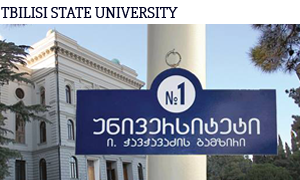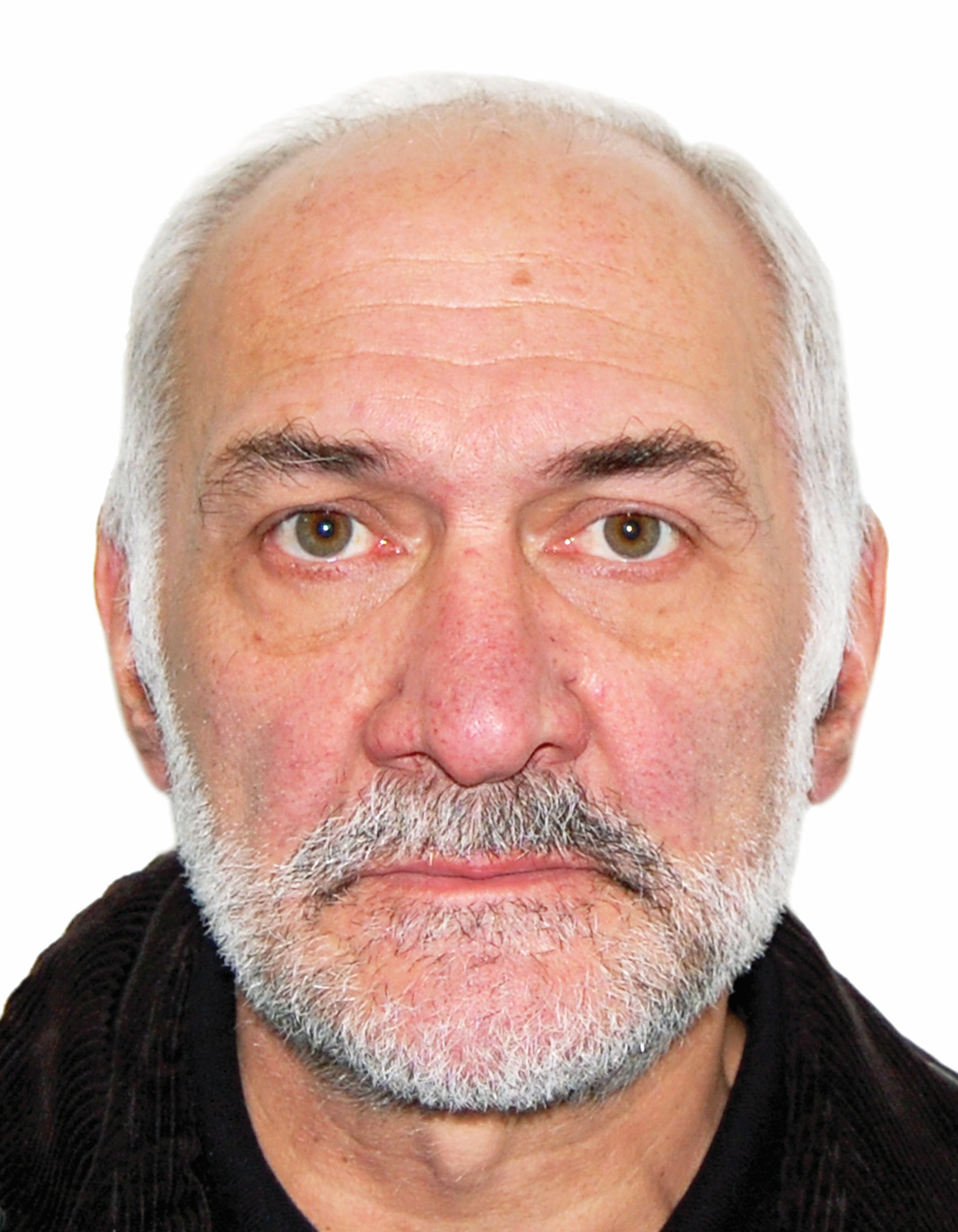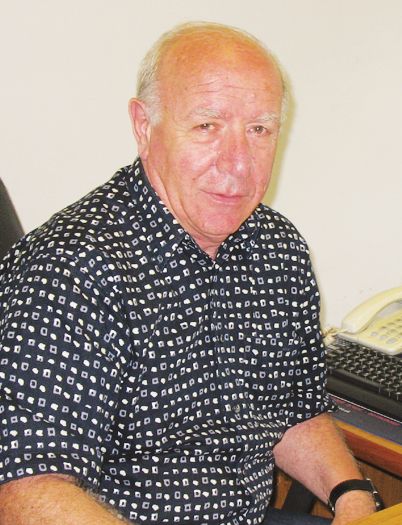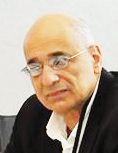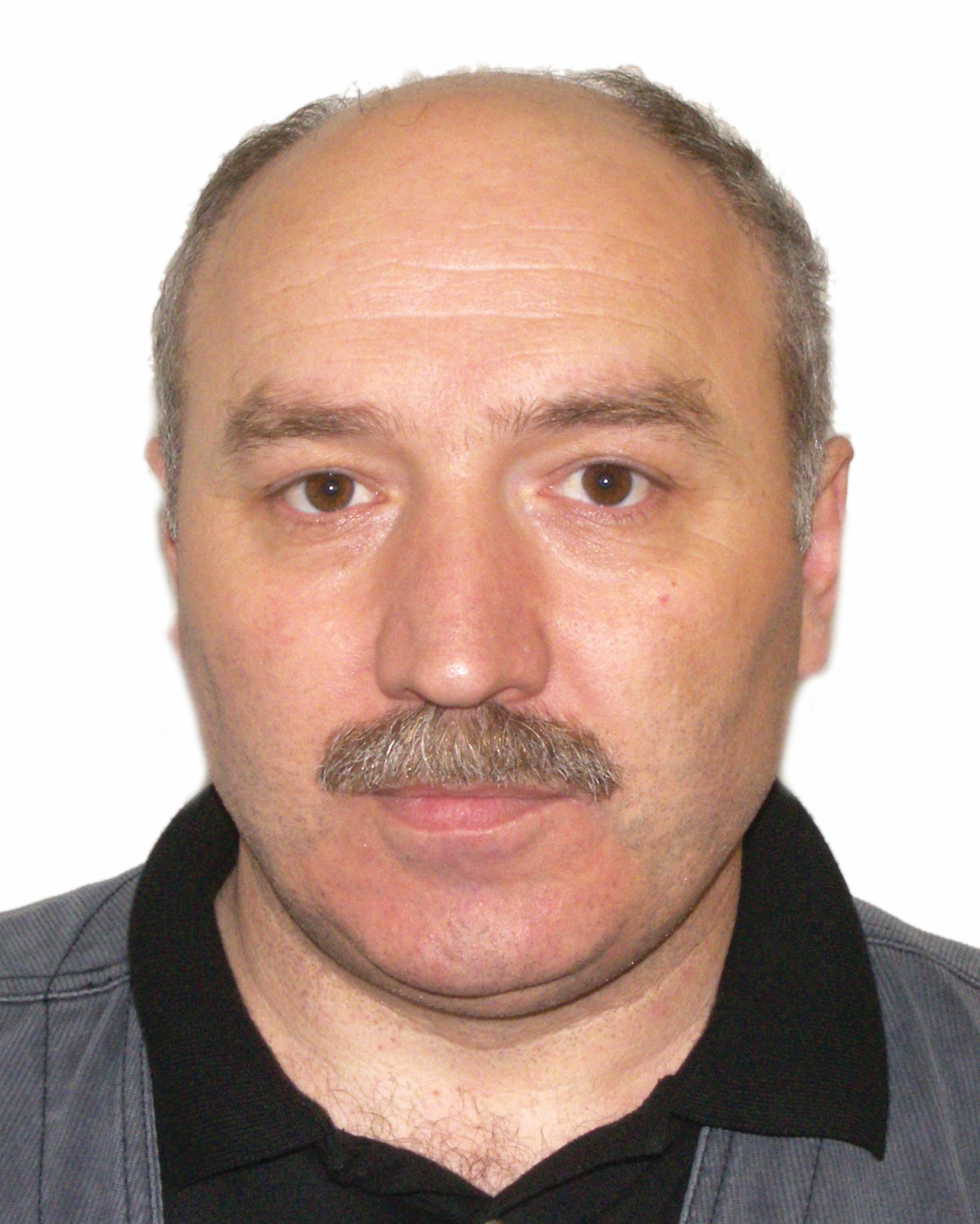
FACULTY OF EXACT AND NATURAL SCIENCES
THE COMET EXPERIMENT AT J-PARC: A STEP TOWARDS SOLVING THE MUON ENIGMA
On September 22-26, 2014 Tbilisi State University (TSU) hosted a workshop with the international group COMET: COherent Muon to Electron Transition, on the particle physics experiment at the Japan Proton Accelerator Research Complex (J-PARC). The Workshop was organized by the TSU High Energy Physics Institute (HEPI) with support from the Shota Rustaveli National Science Foundation. Fifty representatives from eight member countries took part. The experiment sheds light on a longstanding problem of particle physics, which is to understand the interplay between two very similar fundamental particles-electrons and muons. Why are there muons in addition to electrons? “Who ordered that?” exclaimed Nobel Prize laureate, theoretical physicist, I. Rabi, when the muon was identified.
Since 1936 when the muon was discovered in the cosmic-ray particle “showers” by the American physicists C.D. Anderson and S. Neddermeyer, the role of this particle in the family of subatomic blocks of the Universe remains an open problem. The muon appears in two forms. One is a negatively charged particle and the other is a positively charged antiparticle and belongs to a special family of fundamental particles – the so-called lepton group which includes electrons, muons and neutrinos. The electron, with a mass of 0.511 MeV, is the lightest representative of the charged leptons. The muon is quite similar to the electron but 207 times heavier (105.7 MeV) -- and unlike the electron, which appears to be completely stable, it decays after 2.2 microseconds into an electron, a neutrino, and an antineutrino.
There is third, heavier charged lepton which has been identified called the tau. The tau lepton has a mass of 1,777 MeV and a lifetime of about 10-13 seconds. Like the electron and the muon, the tau has its associated neutrino. These six types of particles--electrons, muons, taus and their corresponding neutrinos are called flavors. Along with their antiparticles they form three generations of leptons: (e, ve), (μ, vμ), (τ, vτ). The members of each generation are assigned leptonic numbers that are assumed to be conserved, i.e., the number of leptons of the same type remains the same while particles interact. However, there is a remarkable quantum mechanical phenomenon that was predicted by Bruno Pontecorvo called “neutrino oscillation”. A neutrino created with a specific lepton flavor (electron, muon or tau) can later be measured as having a different flavor, changing according to the Pontecorvo-Maki-Nakagawa-Sakata matrix (PMNS matrix). The Lepton Flavor Violation (LFV) in the neutral leptons sector is an established fact. What about their “charged” partners?
Is there Charged Lepton Flavor Violation (CLFV)?
The COMET experiment is devoted to this question. More precisely, the experiment is searching for a coherent neutrino-less conversion of muons to electrons in the presence of a nucleus – the so-called μ– → e– conversion
μ– + N(A, Z) → e– + N(A, Z),
with a single-event sensitivity (SES) ~10-17. The conversion has the best sensitivity to new physics, better than the limits expected with the current technology for other CLFV processes, such as μ → eγ, μ → eee processes.
Muons provide the best laboratory to study CLFV as they can be produced in substantial numbers and have a sufficiently long lifetime for precise measurements of their decay. Existing accelerators can produce about 1015 muons/year, and it is anticipated that it will be possible to produce 1018-1019 muons/year with a new high intensity source proposed in conjunction with the main J-PARC proton synchrotron ring.
The Role of CLFV in particle physics
Flavor transitions between the charged leptons have great potential for revealing new phenomena. Until now the Higgs boson has been observed only at the Large Hadron Collider (LHC) but no other new particles expected in physics beyond the Standard Model (SM) have been found. The discovery of CLFV processes opens a door to a new physics beyond the SM. There are several other models, based on super symmetric grand unification, super symmetric seesaws and extra dimensions approaches, all of which require the existence of CLFV.
The COMET experiment will give us constraints for those models of μ– → e– conversion phenomenology
One can assume that the μ– → e– conversion happens as follows: Once a negative muon is stopped by some material, it is trapped by an atom and a muonic atom is formed, then it cascades down to ground state, the muonic atom. The fate of the muon is then to either decay in orbit μ– → e– vμв, or be captured by a nucleus of mass number A and atomic number Z with emission of a neutrino, namely μ– + N(A, Z) → vμ + N(A, Z – 1).
However, in the context of physics beyond the SM, the exotic process of neutrino-less muon capture, such as μ– + N(A, Z) → e– + N(A, Z). is also expected. This process is called μ– → e– conversion to muonic atom. This process violates the conservation of lepton flavor numbers by one unit, but the total lepton number is conserved. The branching ratio of this process is determined to be the ratio of the rate of μ– → e– conversion to that of normal muon capture, namely
![]()
The final state of the nucleus (A, Z) could be either the ground state or one of the excited states. In general, the transition to the ground state, which is called coherent capture, is dominant. The event signature of coherent μ– → e– conversion in a muonic atom is the emission of a mono-energetic single electron with an energy E ≈mµ. This fact makes the μ– → e– conversion highly attractive from an experimental point of view. The process can be easily identified because the e−energy of about 105 MeV is far above the end-point energy of the muon decay spectrum (∼52.8 MeV). Besides this, since the event signature is a mono-energetic electron, no coincidence measurement is required. Potentially this allows the improvement of sensitivity by using a high muon rate without suffering from accidental background events, which would be serious for other processes such as μ → eγ, μ → eee decays.
COMET at J-PARC
The COMET experiment is designed to be carried out at the J-PARC accelerator complex. An 8 GeV – a bunched proton beam that is slow-extracted from the J-PARC main ring – will be used. The experimental setup (Fig 1.) consists of a dedicated proton beam line section, a muon beam line section and a detector section.
To achieve the COMET experiment, several important features have been considered, i.e. :
- Highly intense muon source: To achieve a desire sensitivity a total number of muons stopped in the muon-stopping target of 2x1018 is needed. To increase the muon beam intensity a high power proton beam will be used as well as a pion capture system.
- Pulsed proton beam: To suppress the occurrence of beam-related background events, a pulsed proton beam utilizing “beam pulsing” has been proposed.
- Muon transport system with curved solenoids: The captured pions decay into muons, which are transported with high efficiency through a superconducting solenoid magnet system with straight and curved solenoids eliminating electron background events.
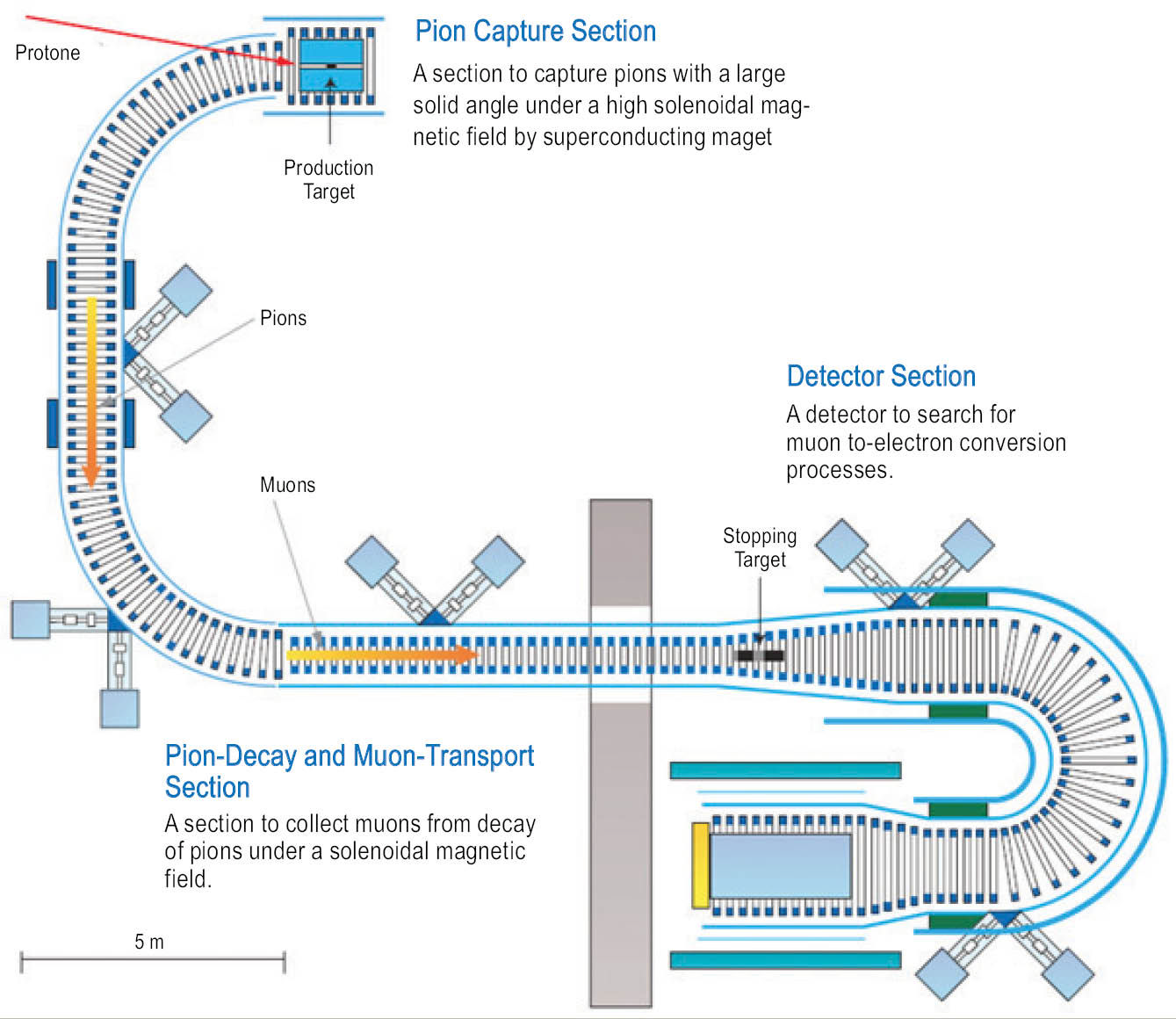
■ The HEPI at TSU has had many years of experience participating in experiments dedicated to Standard Model verifications. These experiments, including PiBeta and MMbar, were performed in the 1980s at the Synchrotron of the Paul Scherrer Institute (Switzerland). At that time no evidence was found against the validity of the Standard Model. Scientific cooperation between HEPI TSU and COMET began about six years ago, with the participation of the Georgian group in research and development of electromagnetic calorimetry.
Georgian participation in COMET
The HEPI at TSU has had many years of experience participating in experiments dedicated to Standard Model verifications. These experiments, including PiBeta and MMbar, were performed in the 1980s at the Synchrotron of the Paul Scherrer Institute (Switzerland). At that time no evidence was found against the validity of the Standard Model. Scientific cooperation between HEPI TSU and COMET began about six years ago, with the participation of the Georgian group in research and development of electromagnetic calorimetry. This includes the simulation of scintillating and light transmission processes in scintillating crystals. At present participation is planned within the tests and certification of all 2500 crystals of the electromagnetic calorimeter, its assemblage and beam tests, in collaboration with the Joint Institute for Nuclear Research (JINR, Dubna). Participation is also planned for measurements at the J-PARC beam time experiments, software development for data handling and physics data analysis. This project, as well as other important ones carried out at CERN (Geneva), the Julich Research Center, and in JINR etc., create attractive perspectives for further international scientific cooperation for Georgian elementary particle physicists.

On September 22-26, 2014 Tbilisi State University (TSU) hosted a workshop with the international group COMET: COherent Muon to Electron Transition, on the particle physics experiment at the Japan Proton Accelerator Research Complex (J-PARC). The Workshop was organized by the TSU High Energy Physics Institute (HEPI) with the support of the Shota Rustaveli National Science Foundation. Fifty representatives from eight member countries took part.

